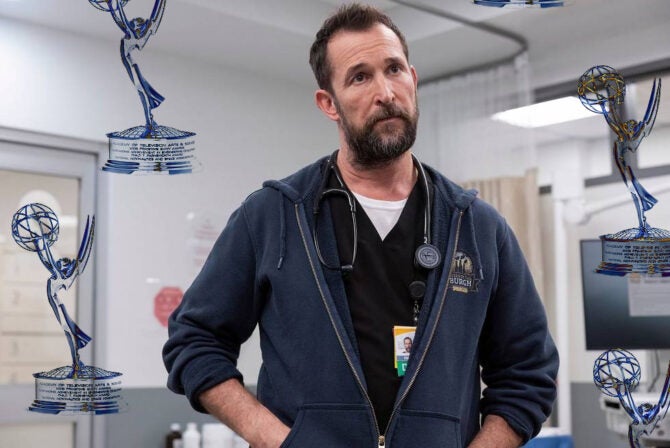If you haven’t seen the show “13 Reasons Why,” you’ve probably seen the backlash and controversy about it on social media. I hadn’t watched it until I began to see people on my Facebook and Twitter feeds talk about it–and because of that, I decided to binge-watch it (that’s what I do normally anyway).
The Netflix show is a 13-episode TV drama based on Jay Asher’s young-adult bestseller about Hannah Baker, a high school student who kills herself, but leaves behind audiotapes detailing her death. In each tape, she blames her suicide on one of thirteen people who hurt, or ignored her.
Here’s where the show went really wrong: It depicted a terribly graphic scene showing her actual death. And that’s problematic.
While I’m all for art that challenges our views–and raises awareness on hard topics like suicide, depression, sexual assault, race, and more–I also believe delicate topics need to be handled with care. In particular, with gruesome and explicit scenes like suicide, I do believe we, as writers, artists, educators, parents, and humans, need to understand what may or may not be triggering–and find ways to raise awareness and be true to artistic values, without being exploitative.
As I watched the show, it was hard not to feel as if the writers were using suicide as a way to garner views and shock their audience. That’s not cool, especially considering many viewers deal with their own struggles with depression and suicidal thoughts. As the Washington Post pointed out in a recent article, “suicide was the second leading cause of death for children and young adults ages 10 to 24, according to the Centers for Disease Control and Prevention” in 2014–meaning that the audience of the show could be negatively influenced by what they saw.
It’s common sense to tread carefully around suicide, especially when the audience is teenaged, considering we don’t want to dramatize it in a way that romanticizes it–or makes it look attractive. As the Post explained, “experts advise against sensational headlines or describing a suicide in graphic detail, which studies have shown can lead to suicide contagion, or ‘copycat’ suicides.”
I always question the motive and intention behind any art, whether film, TV, music, or writing, but especially when it’s meant to be provocative and push envelopes. Is the purpose to educate, help, and connect? If it’s not, in my opinion, it’s merely there to garner attention–and attention that profits off of the pain and suffering of others isn’t kosher. As someone whose dealt with depression and the aftermath of sexual assault, and has close friends who have attempted suicide, I find the show’s approach irresponsible.
I also can’t help but think back to my teaching days, when I was around teens all day long. Would they have understood the difference between fiction and reality–would they have been able to understand how Hannah’s suicide could have been prevented? To me, the show does nothing to show how Hannah could have reached out to her friends, to other adults, and opened up about her suicidal thoughts in order to get help.
Considering Hannah was assaulted (and told her counselor who then basically ignored it), the show also lost another teachable moment in showing the actual appropriate response to dealing with assault. It’s as if Hannah, and people in Hannah’s position, had no alternative. What kind of message does that send?
While the show’s writers might say the counselor’s reaction represents rape culture in action, the show seems to imply Hannah’s suicide as a fitting revenge against that culture. Considering the show has a young audience, that is inappropriate, since teens may not have the analytical skills (and life experience) to understand this is wrong.
The sad thing, to me, is the fact that the show’s writers seem to have missed this point, even if unintentionally. One of the show’s writers, Nic Sheff, wrote a personal essay in Vanity Fair explaining why the show’s depiction of Hannah’s suicide was so graphic, saying he wrote from experience:
“I of course immediately flashed on my own experience. It seemed to me the perfect opportunity to show what an actual suicide really looks like — to dispel the myth of the quiet drifting off, and to make viewers face the reality of what happens when you jump from a burning building into something much, much worse.
From the very beginning, I agreed that we should depict the suicide with as much detail and accuracy as possible. I even argued for it — relating the story of my own suicide attempt to the other writers. While my reasons for ending my life were far different from [Hannah’s], there were some similarities. We both experienced a feeling of complete and utter defeat.” He goes on to tell the story of his own suicide attempt, and the realization that changed his mind at the last moment, “that suicide is never peaceful and painless, but instead an excruciating, violent end to all hopes and dreams and possibilities for the future.”
He went on to say:







